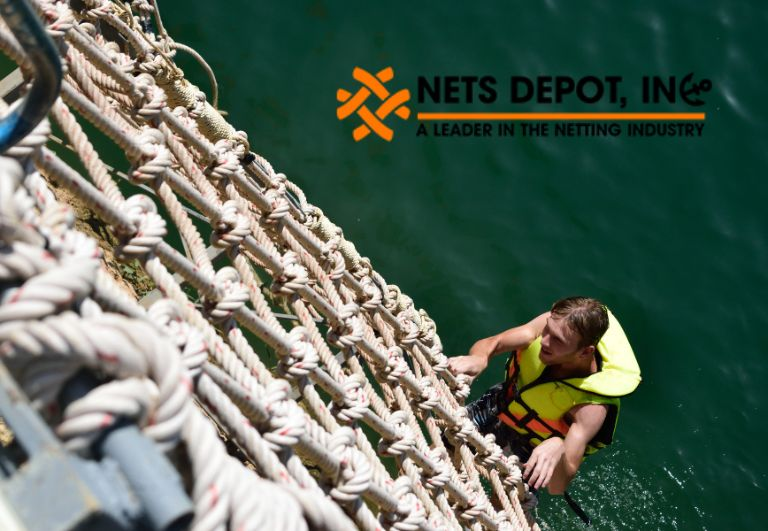Climbing cargo nets are not just for obstacle courses or military training anymore. More homeowners and outdoor enthusiasts are discovering the many benefits and fun uses climbing cargo nets offer. Whether you're building a backyard play area for kids, setting up a fitness obstacle course, or adding a unique piece to your home gym, a Climbing Cargo Net can be the perfect addition. At Nets Depot Inc, we specialize in high-quality nets for all purposes—and we’re here to guide you through the installation process.
Step 1: Choose the Right Location
The first step in installing a Climbing Cargo Net is determining the best location. If you're installing indoors, look for a solid wall or ceiling beam that can handle the net's tension and the weight of climbers. For outdoor setups, trees, wooden posts, or a freestanding structure can serve as anchor points.
Make sure the area around the net is clear of sharp objects or hazards. Ideally, the surface should be soft—such as grass, mulch, or padded mats—to cushion any falls, especially if children will be using it.
Step 2: Select the Right Type of Net
There are different types and sizes of Climbing Cargo Nets, depending on your intended use. At Nets Depot Inc, we offer nets in various thicknesses, mesh sizes, and materials—from durable nylon to weather-resistant polypropylene.
For kids’ play areas, choose a smaller mesh size for safety. For adults or fitness training, a wider mesh allows for a tougher climbing challenge. One of the most popular uses climbing cargo nets is in ninja warrior-style obstacle courses, where durability and flexibility are key.
Step 3: Install Secure Anchoring Points
Whether you’re attaching your Climbing Cargo Net to trees, posts, or a wall, secure anchoring is critical. Use heavy-duty eye bolts, carabiners, or rope loops to attach the net. The anchors should be strong enough to handle dynamic loads—especially if multiple people will be climbing at once.
- For wall installation: Use masonry anchors or lag bolts with washers for extra grip.
- For trees: Use tree straps or wrap a strong rope around the trunk, securing it tightly.
- For playsets or custom frames: Screw in steel eye hooks or use mounting brackets designed for outdoor gear.
Step 4: Tension and Adjust
After anchoring the top corners of the Climbing Cargo Net, begin securing the sides and bottom. Adjust the tension so the net is taut but still offers some flexibility for gripping and climbing. A net that’s too tight may be uncomfortable to use, while one that’s too loose could pose a safety risk.
If you’re installing a vertical net, ensure it hangs straight and doesn’t bow outward. For inclined nets, angle them between 30-45 degrees depending on the skill level of the climbers.
Step 5: Safety Check
Before letting anyone climb, do a thorough safety check:
- Test all anchors and knots for strength.
- Walk around the net to check for frayed cords or weak spots.
- Ensure the ground surface below is safe and soft.
At Nets Depot Inc, safety is our top priority. All of our Climbing Cargo Nets are tested for durability and strength to give you peace of mind.
Popular Uses of Climbing Cargo Nets
Wondering about the best uses climbing cargo nets? Here are just a few:
- Backyard playgrounds for kids
- Fitness obstacle courses or ninja warrior training
- Military-style boot camp drills
- Treehouse access or rope bridges
- Indoor jungle gyms and climbing walls
The versatility of a Climbing Cargo Net makes it a fun and functional investment for homes, gyms, and recreational areas alike.
Final Thoughts
Installing a Climbing Cargo Net at home or outdoors is a rewarding project that offers physical, mental, and recreational benefits. With the right tools, location, and quality netting from Nets Depot Inc, your climbing setup will be both safe and fun for years to come.
Ready to climb? Check out our full range of Climbing Cargo Nets today and start building your own climbing adventure.







Comments